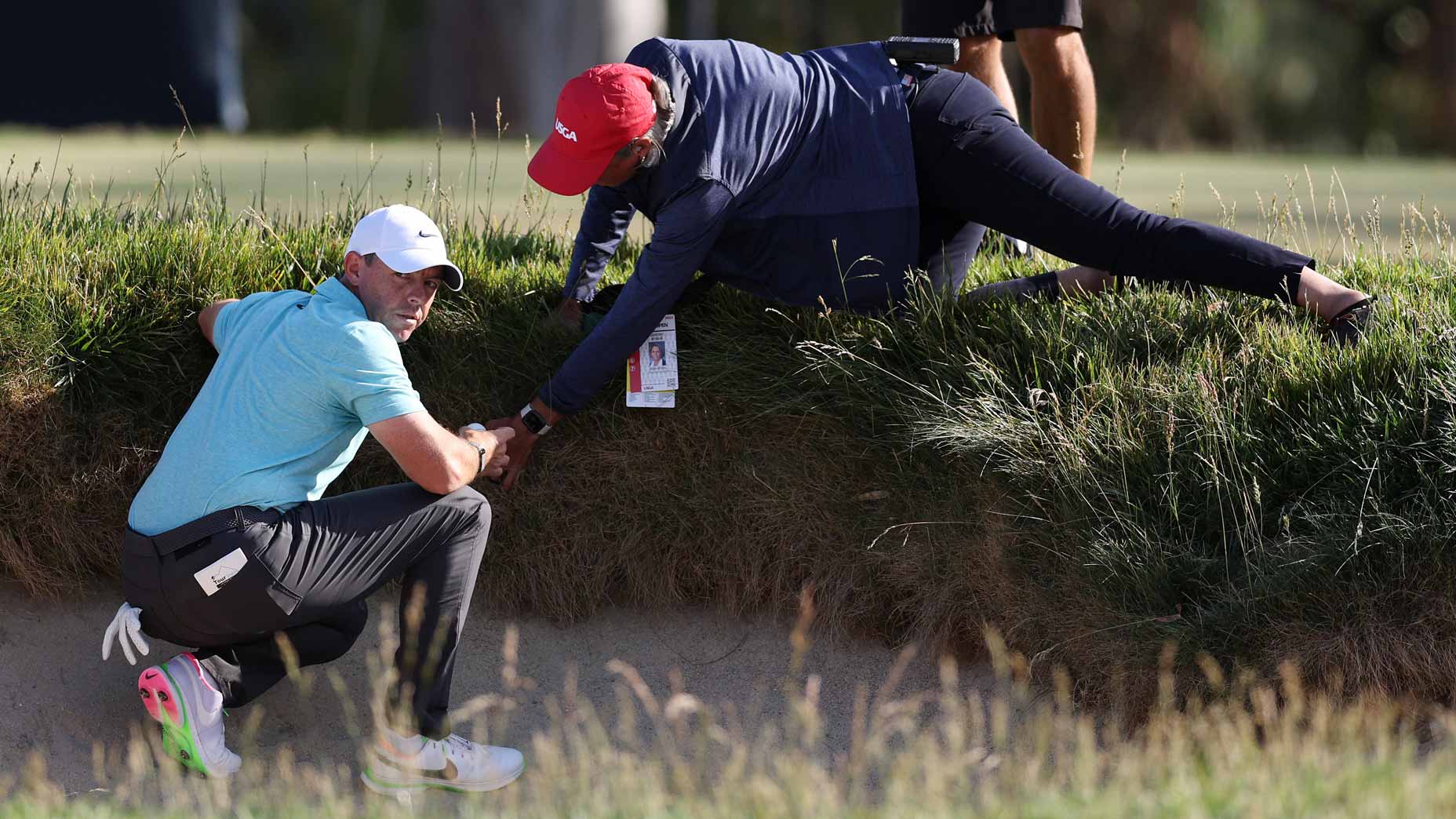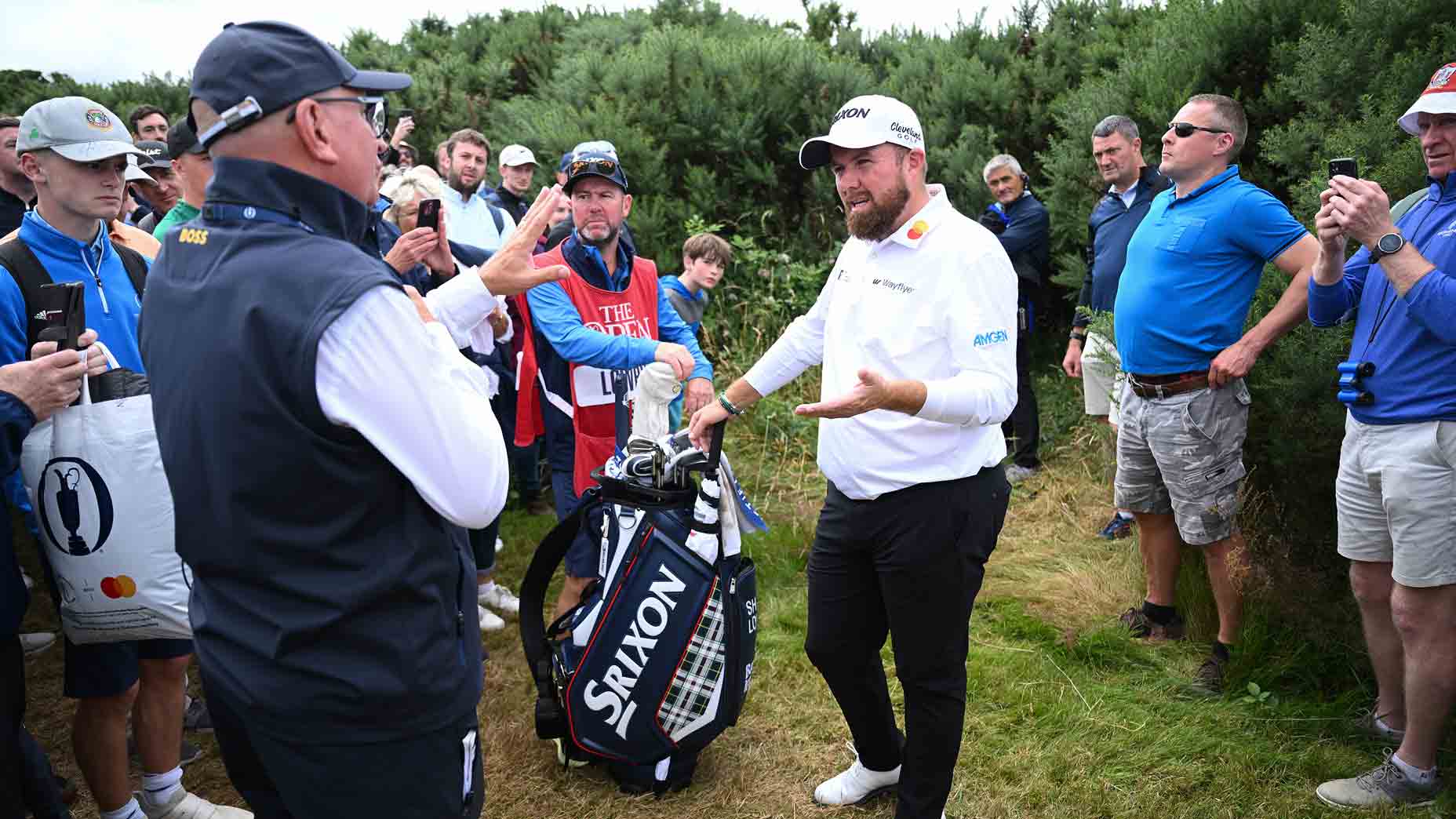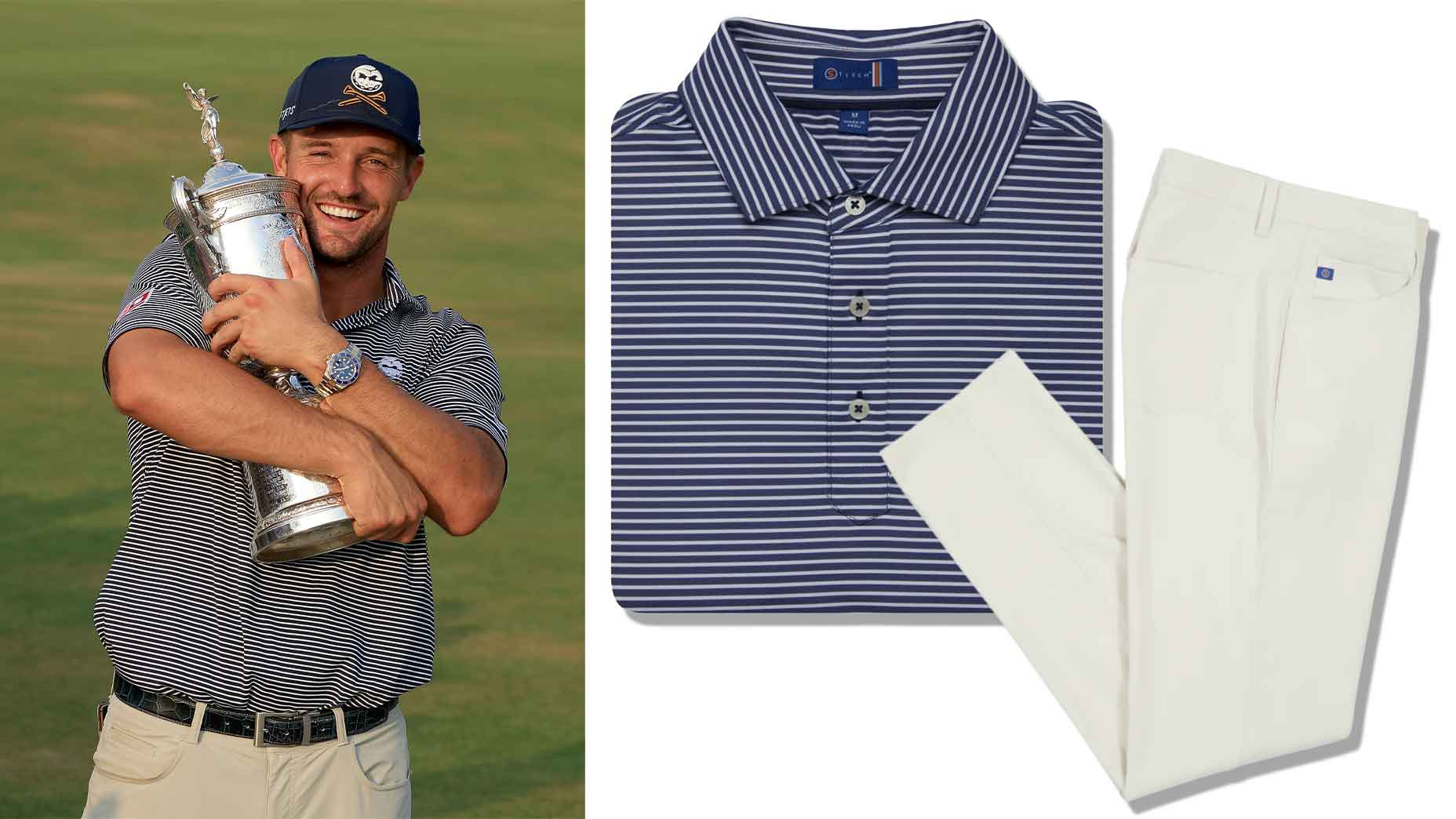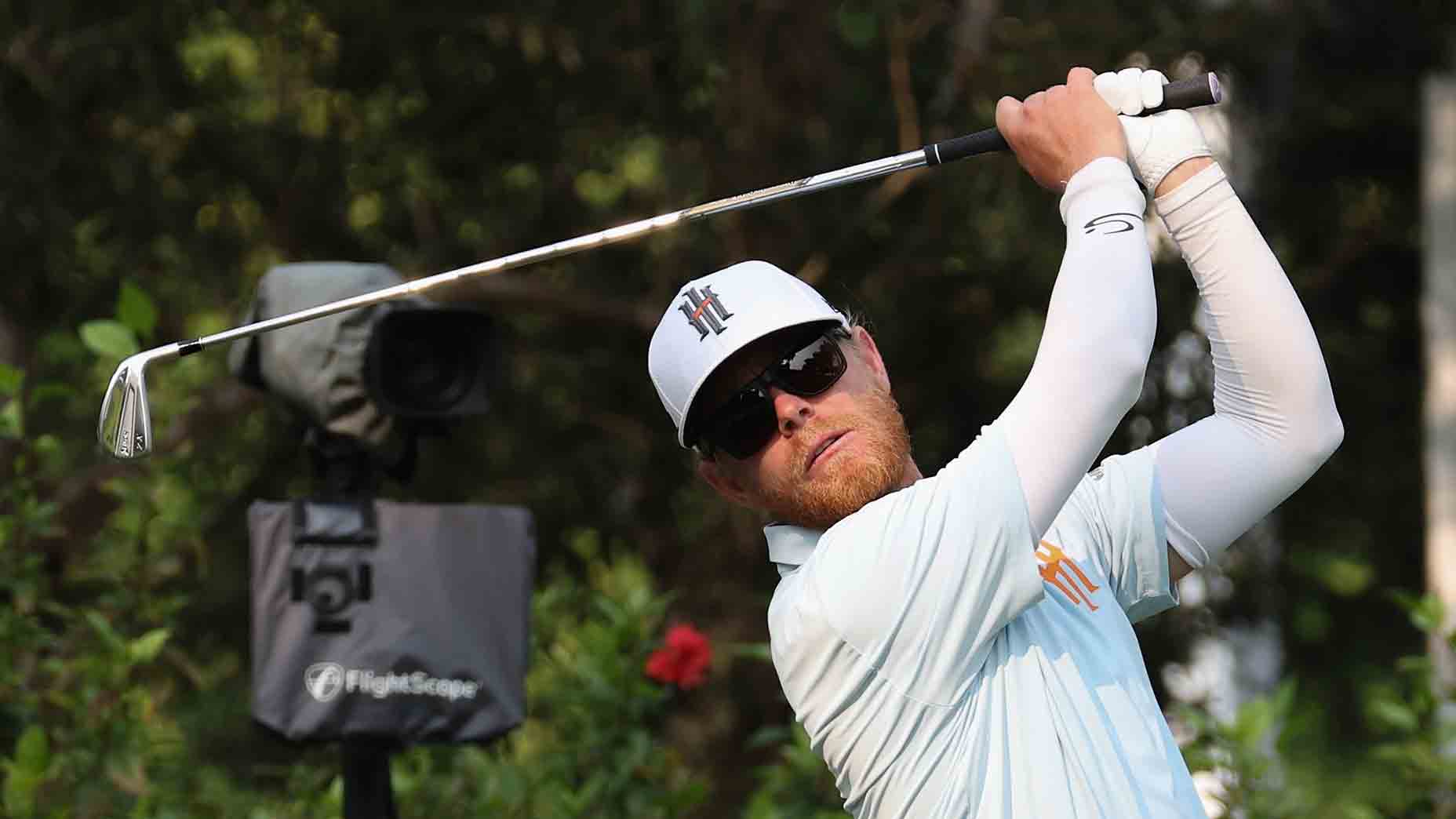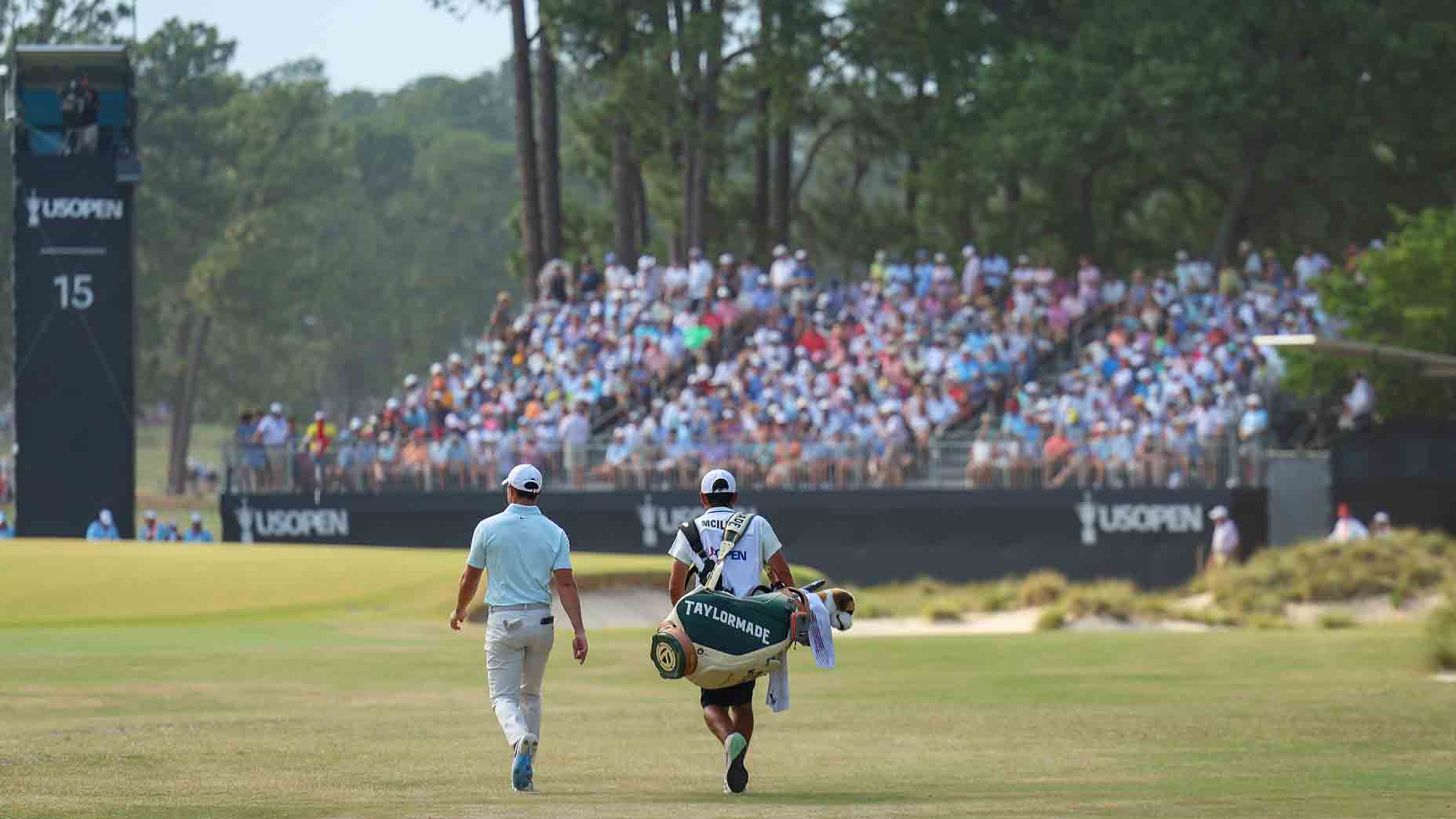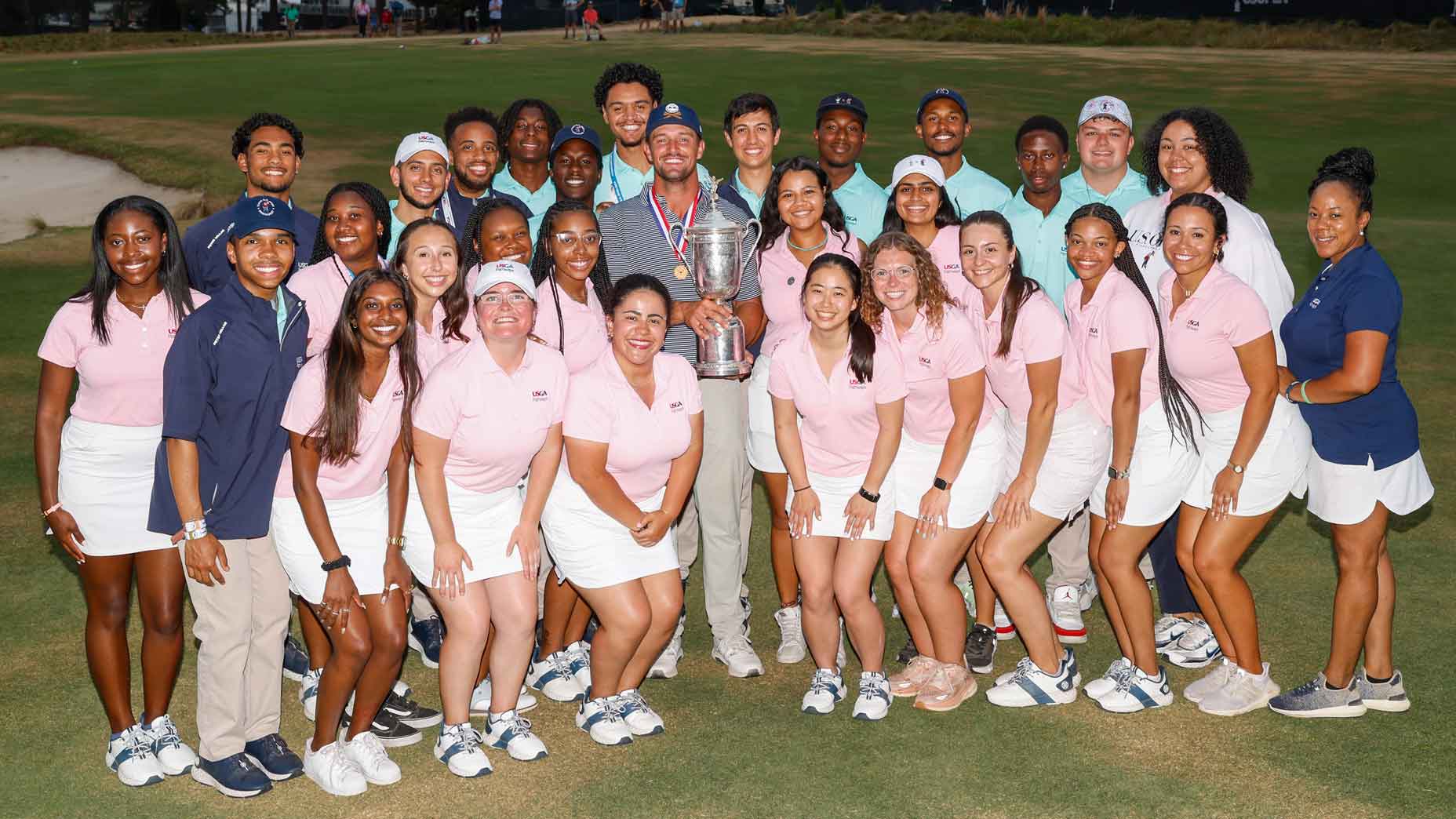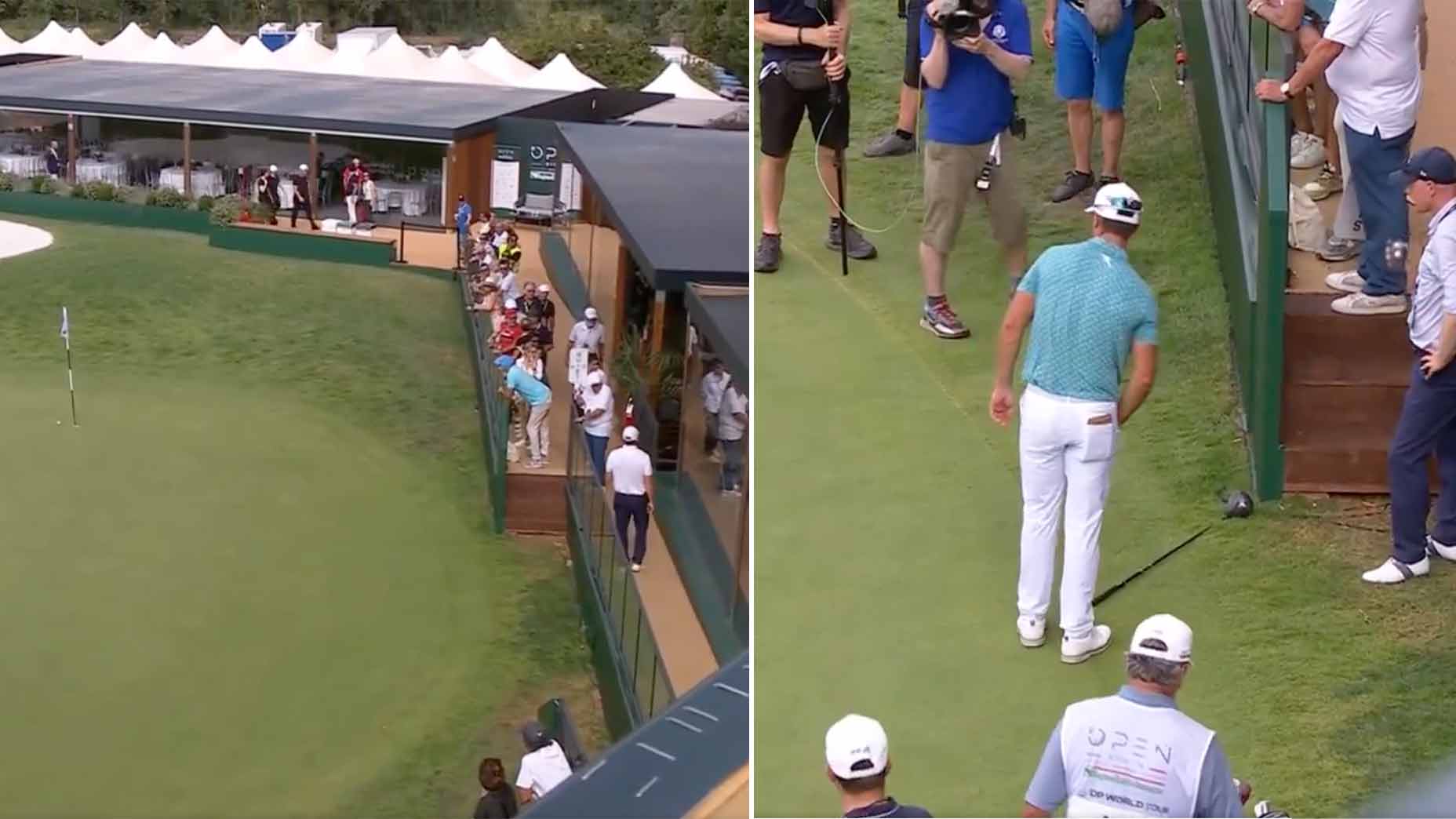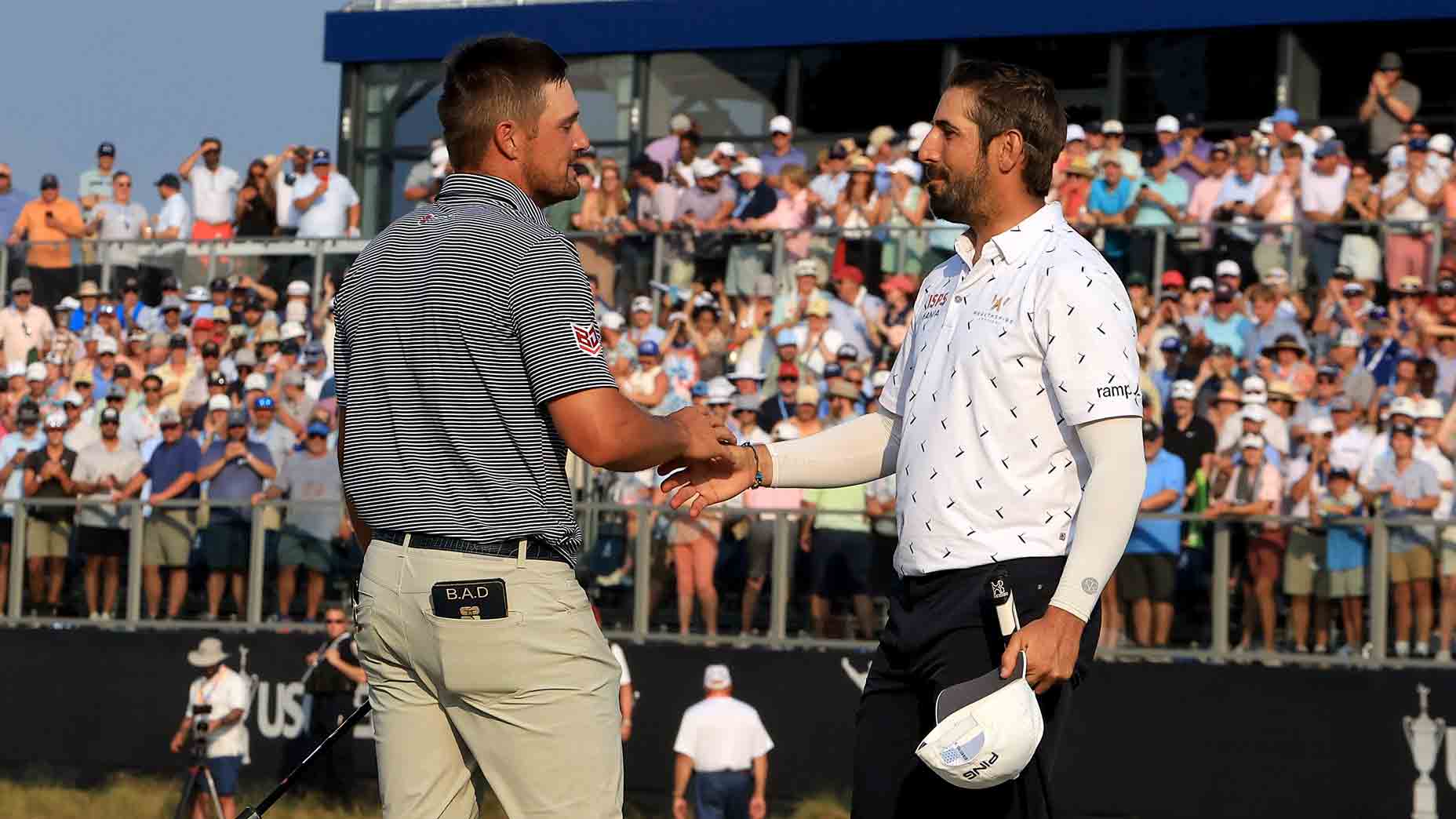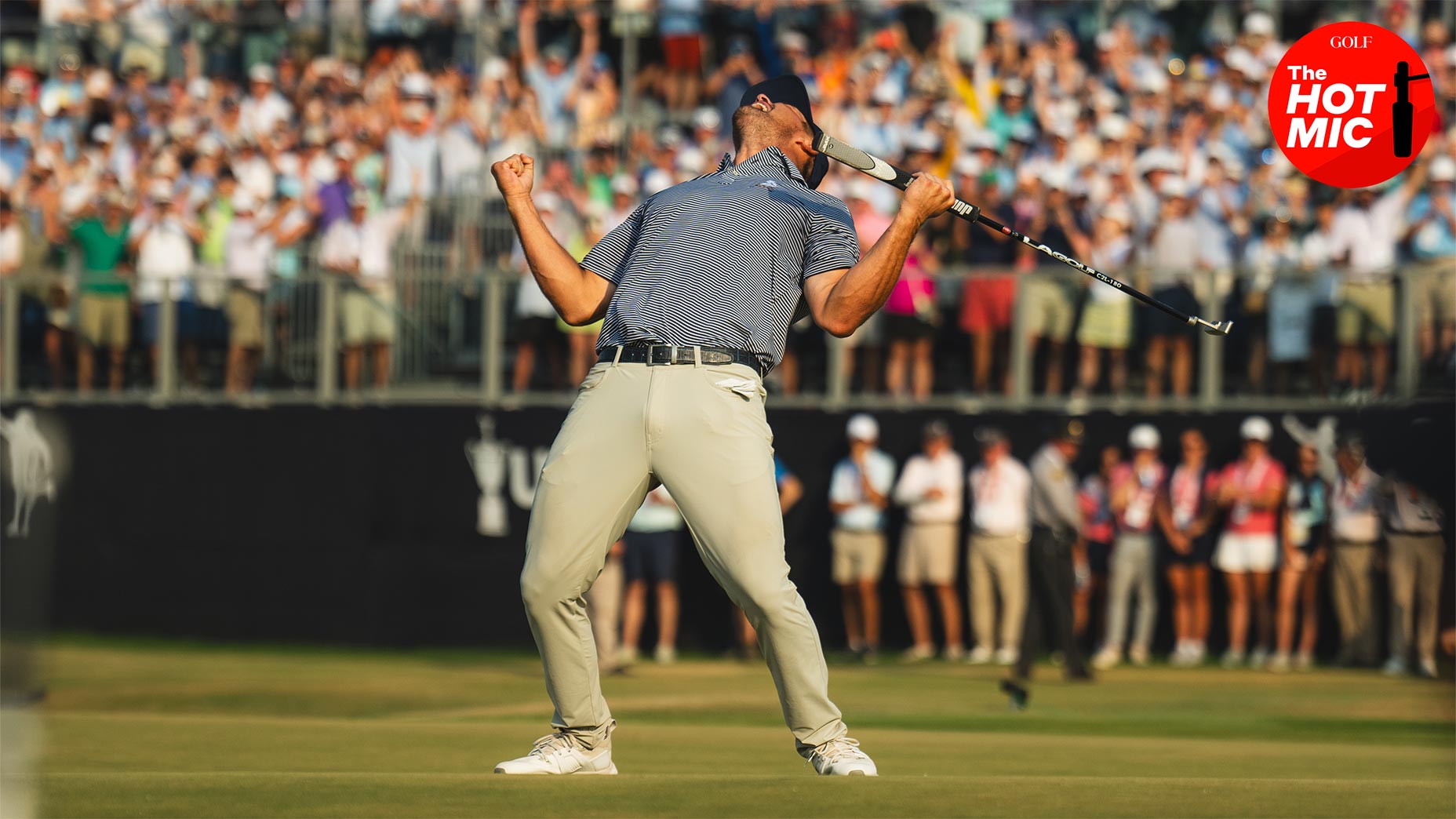Incorrect U.S. Open ruling did not benefit Rory McIlroy. But what if it had?
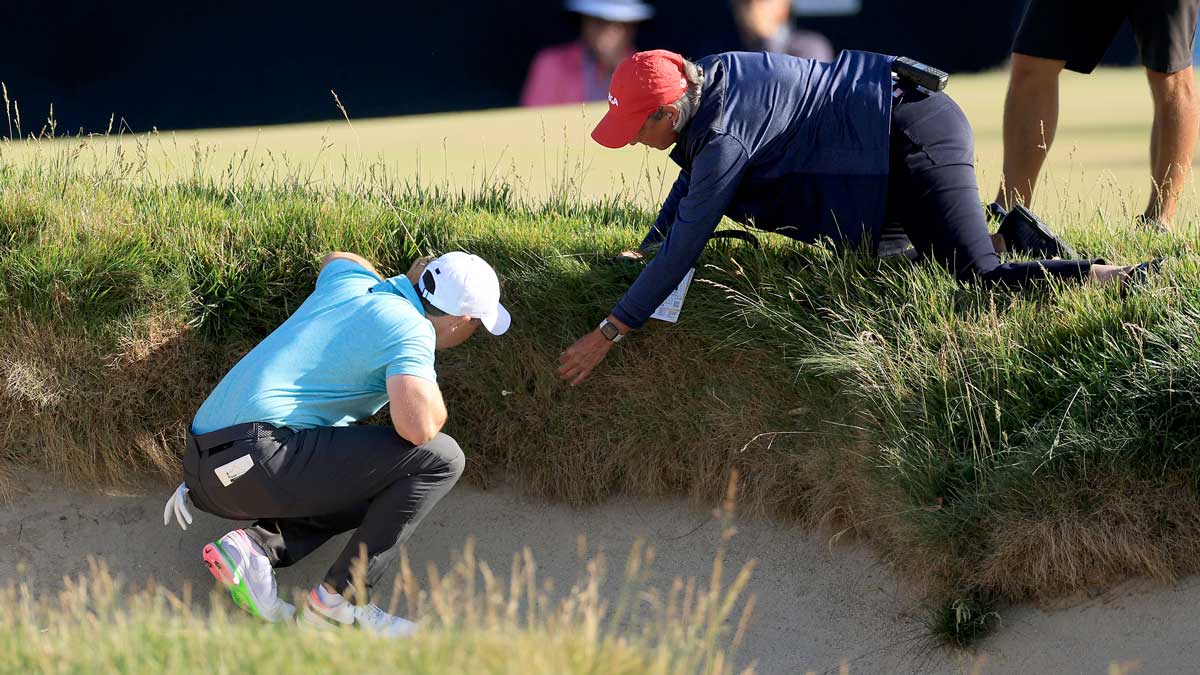
Rory McIlroy receiving a ruling on the 14th hole in the fourth round of the U.S. Open earlier this month.
getty images
Golf is not a game of perfect.
Mistakes happen. And golfers aren’t the only ones who make them.
At the U.S. Open earlier this month, we now know that a rules official goofed while guiding Rory McIlroy through a free drop during his final round at Los Angeles Country Club.
The incident occurred on the par-5 14th hole, where McIlroy’s third shot plugged in the fescue above a greenside bunker.
Because his ball was embedded, McIlroy was entitled to relief without penalty. That’s what he received. No issues there.
The problem, as Thomas Pagel, the USGA’s chief governance officer, acknowledged in an interview with Sports Illustrated, was that the rules official misidentified the nearest point of relief, leading McIlroy to take an incorrect drop.
Just as not all bad shots are scorecard-wreckers, not all bad rulings have equal consequences.
And in this case, the USGA determined, there were none, as McIlroy wound up dropping very close to where he should have (no more than 18 inches from the proper spot, the USGA said), on essentially the same terrain (a shelf right of the green) from which he would have played had the error not been made. He neither gained an unfair advantage nor suffered an unfair disadvantage, the USGA deemed. The error, that is, had no material effect, on McIlroy’s score.
“He didn’t get a break,” Pagel said.
But since golf is also a game that inspires hypotheticals, it’s only natural for the rest of us to ask, What if?
What if it had been determined that the erroneous ruling did have a material impact? That the improper drop had saddled McIlroy with an unfair burden or supplied him with an unfair edge? Then what?
Let’s tease that question out.
For starters, says Craig Winter, senior director of rules and amateur status for the USGA, once a shot is struck, it counts. It cannot be undone. Nothing in the rules allows for that.
Which doesn’t mean mistakes can never be corrected. The rules offer plenty of guidance on that.
It is not uncommon for tournament committees to review disputed rulings. The USGA often receives inquiries from the organizers of local events, seeking clarity on this incident or that. When certain errors are committed, remedies are available. Say, for instance, a player was granted a free drop from a lateral hazard when he or she should have been slapped with a one-stroke penalty. Upon committee review, the score can be adjusted. In extreme cases, Winter noted, when egregious errors are discovered, entire rounds can be canceled.
But, Winter emphasized, such scenarios bear no relation to what transpired with McIlroy at LACC. They unfold in “an entirely different universe” than a national championship.
“At the professional level, I am not aware of there ever being a ruling that would come close to meriting a round being canceled,” Winter said. Much less at a major.
At a small, local event, with threadbare staffing, little to no spectatorship and limited organizational expertise? Maybe. But not at a U.S. Open, with so many eyeballs and cameras on the action, and seasoned rules officials with ready access to video review.
“Of course, we always want to go through a championship season without an error,” Winter said.
But, he added, the true import of the incident at LACC was that it offered a teachable moment: an opportunity to further educate golfers about the rules.
In the case of relief from an embedded ball, that rule was simplified in 2019, part of an ongoing modernization effort meant to make golf’s guidelines easier to understand and follow. Where the rule once called for a golfer to drop the ball as close as possible to where it was embedded, it now allows for one club-length of relief, from a reference point just behind the ball, to an area no closer to the hole.
It’s simpler, all right.
But golf remains a nuanced game, played on varied grounds and filled with an endless assortment of scenarios. Consider, for instance, what transpired at the PGA Championship, at Oak Hill, in May, where, win subsequent days, Corey Conners and Viktor Hovland his eerily similar shots on the par-4 16th hole, both ending up with embedded lies in the grass face of a fairway bunker.
The same rule applied to them as applied to McIlroy, but where McIlroy wound up with a reasonable lie and stance, Conners and Hovland ended up in awkward positions that left them no choice but to hack out.
You get the point. In golf, strange things happen.
What happened at LACC, happened.
We’ll wait to see what takes place next.

